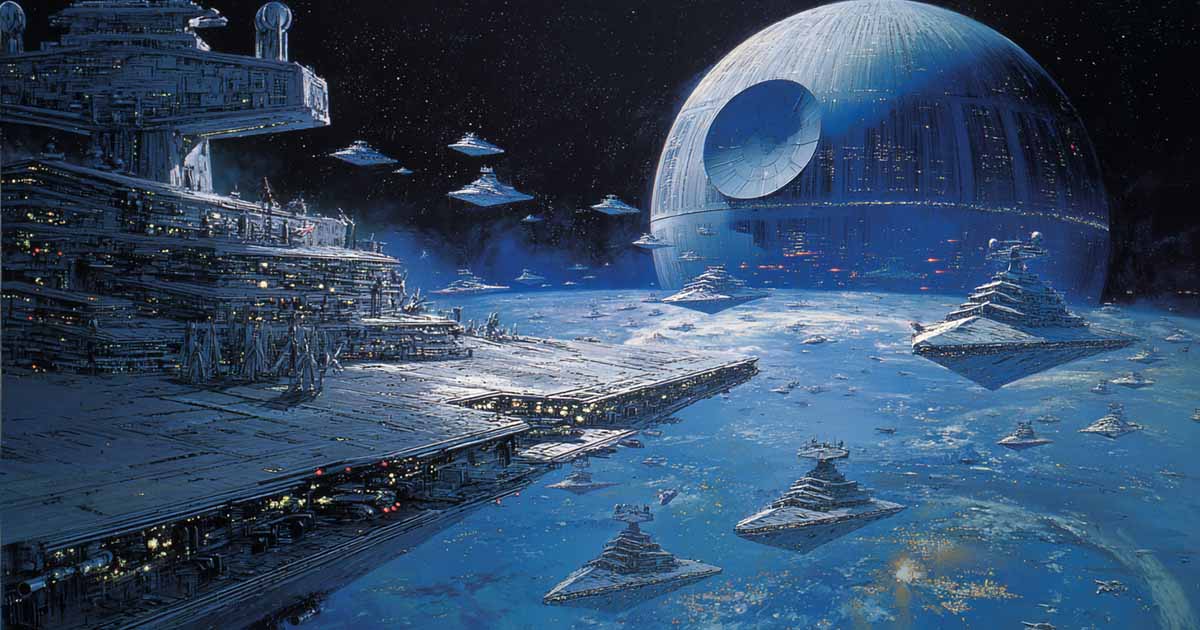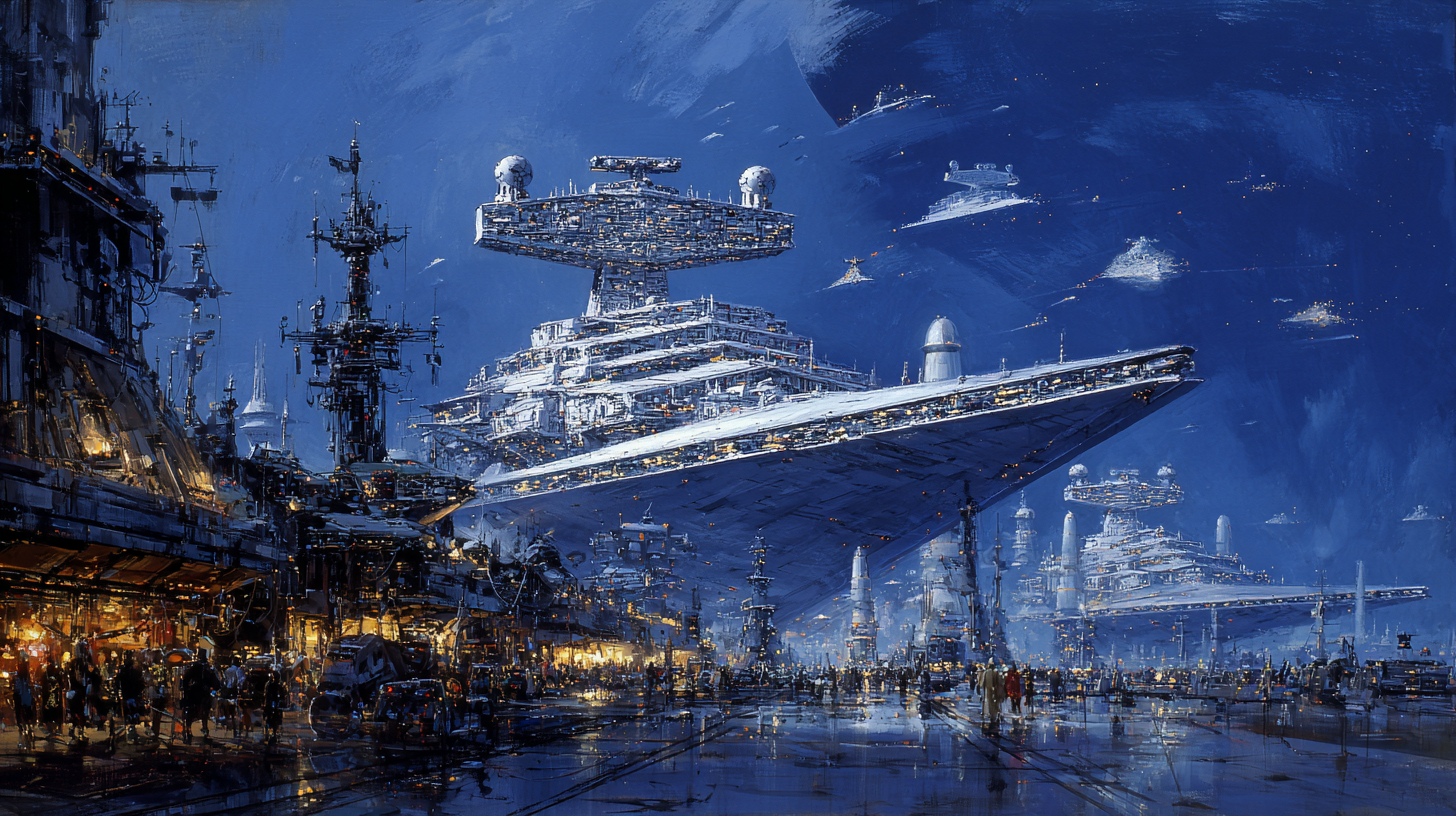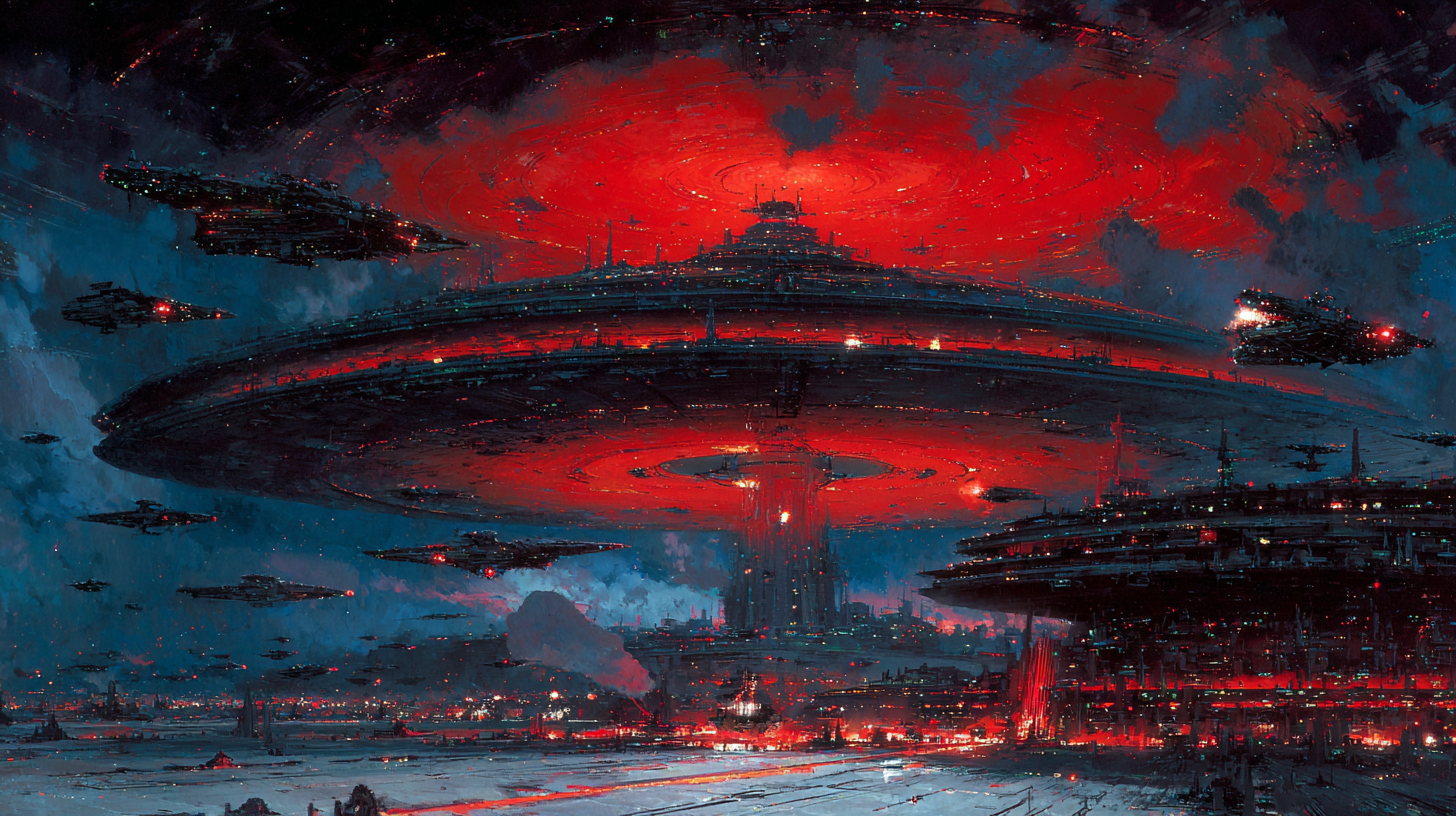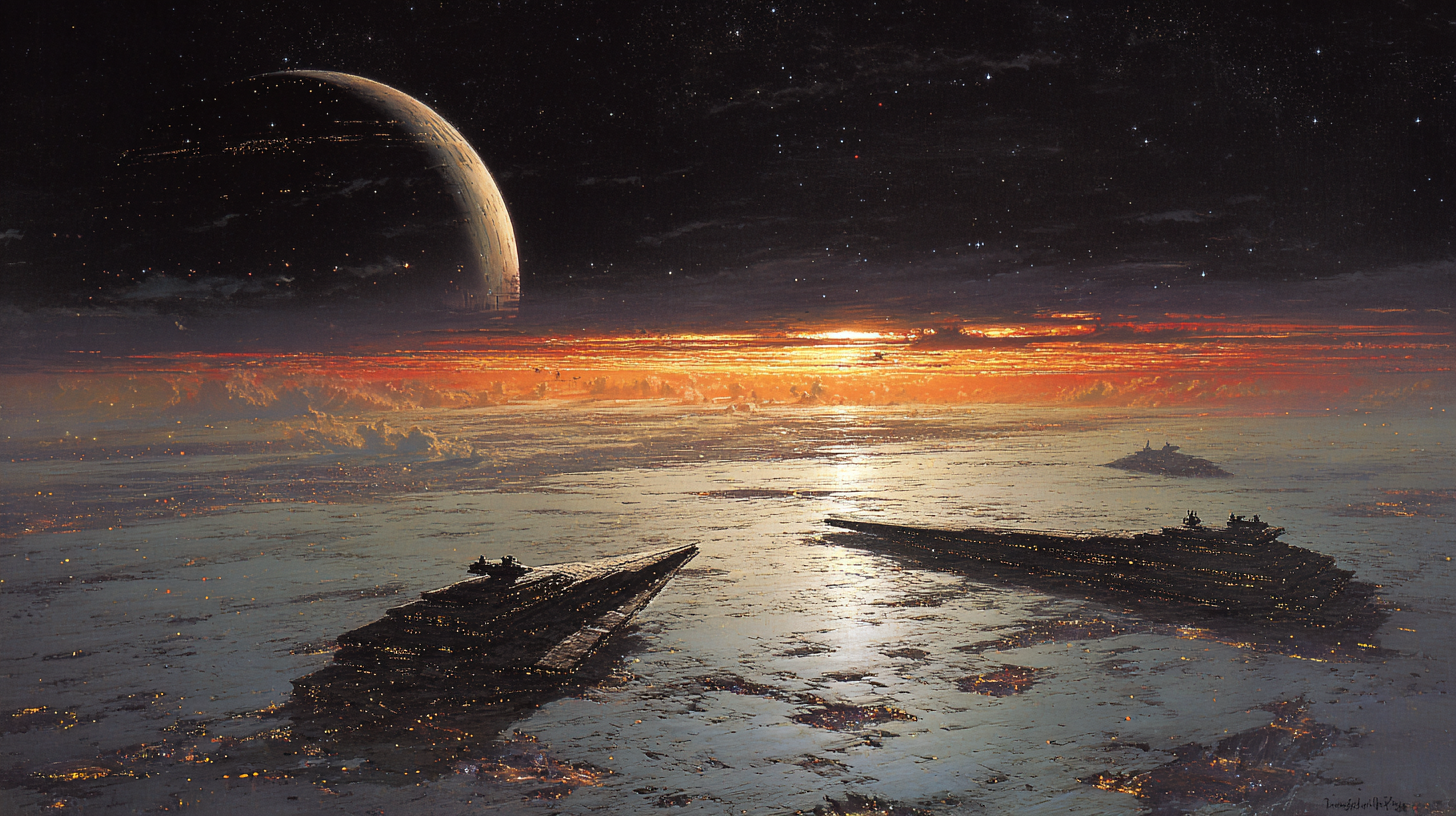Galactic Empire vs First Order
Discover the key differences between the Galactic Empire and the First Order in "Star Wars," from their rise and rule to their downfall and lasting lessons about power and belief.

In "Star Wars," two great powers rise to shape the fate of the galaxy. The Galactic Empire and the First Order both promise unity and peace through control.
Their banners, soldiers, and starships look the same, yet the worlds behind them could not be more different. Each regime grows from the ruins of a broken order and reveals something unique about the nature of tyranny.
The Rise of the Galactic Empire
The Galactic Empire begins with the slow death of the Republic. Years of war and political corruption weaken its foundation until the people welcome a strong hand to restore order.

Chancellor Palpatine seizes this chance, turning fear into authority. He declares himself Emperor and presents his rule as a solution to chaos. His empire promises peace, but it is built on deceit.
The early days of the Empire bring swift change. The Senate becomes a hollow stage where loyalists applaud prewritten speeches. The Jedi, protectors of liberty for a thousand generations, are hunted and destroyed. Regional governors replace elected leaders. Every institution that once balanced power now serves the Emperor alone.
Fear becomes the glue that holds the galaxy together. Imperial fleets patrol every system, and every rebellion meets swift punishment. The Death Star, a weapon capable of destroying entire planets, becomes the ultimate symbol of submission. Palpatine's message is plain enough for anyone to understand. Obey, or be erased.
The Empire presents itself as the defender of civilization, yet it suffocates the very spirit it claims to protect. Its technology is vast but cold. Its architecture favors symmetry over soul. Everything is clean, gray, and unfeeling. The Empire values precision more than humanity. In this world, obedience replaces creativity, and silence replaces thought.
Yet the Empire endures for decades because it fulfills a need. It provides stability in a time of fear. Many citizens accept its rule because it brings predictable order, even at the cost of freedom. The price of security becomes the surrender of choice, and most never question it until the moment of collapse.
The Emergence of the First Order
When the Empire falls at Endor, the galaxy does not become peaceful. The New Republic struggles to rebuild a government worthy of its ideals.

In the shadows, the loyalists of the old Empire flee into the Unknown Regions, carrying with them the remnants of its armies and the memory of its power. Out of these remnants, the First Order is born.
The First Order begins as an echo of the Empire, but it grows into something more dangerous. It is smaller and more concentrated, a movement shaped by belief rather than bureaucracy. Its leaders and soldiers do not simply serve a state. They worship the image of one. They see themselves as heirs to a lost destiny, chosen to restore what the galaxy has forgotten.
The First Order recruits from birth. Children are taken and raised to obey without question. Officers and soldiers alike are trained to see service as salvation. Their loyalty is not earned through comfort or pride but through indoctrination. They are taught to believe that they are the last guardians of order in a universe gone soft.
The First Order's secrecy defines its rise. Hidden deep in uncharted space, it builds fleets, weapons, and armies without interference. Its bases are not built to administer territories but to strike with overwhelming force.
When it finally reveals itself, it does so with fury. The Starkiller Base destroys entire star systems in a single attack, proving that the First Order can strike anywhere, anytime.
The movement's leaders reflect its nature. Supreme Leader Snoke uses manipulation and mysticism to bind his followers. Kylo Ren, torn between legacy and identity, becomes the face of fanaticism. They do not rule with patience but with passion. Their command is rooted in emotion rather than strategy, in devotion rather than discipline.
The Nature of Power and Decline
The Empire and the First Order share the same symbols but not the same soul. The Empire is an institution. The First Order is a faith. One believes in control through administration. The other believes in rebirth through destruction. Each is dangerous in its own way.

The Empire collapses under its own weight. It grows too vast, too rigid, and too dependent on fear. Once its great weapon is destroyed and its leader is gone, the illusion of power fades.
Its subjects discover that obedience is not loyalty. The First Order collapses for the opposite reason. It burns too brightly and too quickly. Its fanaticism consumes its followers, leaving nothing but ruin.
These differences reveal the changing face of evil in the "Star Wars" saga. The Empire represents the corruption of power. The First Order represents the seduction of nostalgia. One shows how a democracy dies when it trades liberty for safety. The other shows how the memory of tyranny can infect a new generation that never lived through it.
The Nature of Power and Decline
Both claim to bring order, but both end in ruin.
Comparative Overview
| Feature | Galactic Empire | First Order |
|---|---|---|
| Era | Born from the fall of the Republic | Formed from Imperial remnants |
| Nature of Rule | Bureaucratic dictatorship | Fanatical military cult |
| Scale | Rules millions of star systems | Operates from hidden strongholds |
| Leadership | Emperor Palpatine, cold strategist | Snoke and Kylo Ren, emotional zealots |
| Core Aim | Order through control | Rebirth through vengeance |
| Symbol of Power | The Death Star | Starkiller Base |
| Army | Enforcers trained to obey | Indoctrinated soldiers from youth |
| Collapse | Too vast and rigid to endure | Too fanatical to survive |
Legacy and Warning
The Galactic Empire and the First Order remind us that tyranny does not end when its symbols are torn down. It hides, waits, and returns when people grow tired of freedom's demands. One system rules by fear of chaos. The other thrives on longing for a lost past. Both promise order. Both deliver ruin.
The difference between them lies not in their weapons or their uniforms but in their hearts. The Empire rules to maintain control. The First Order fights to reclaim an illusion. The first is born of decay. The second is born of obsession. Each reveals a truth about power that remains as old as history itself.
In the end, both rise and fall because they mistake control for strength. The galaxy learns the same lesson again and again. Order without justice is not peace. It is only another name for bondage. That is the lasting warning of the Empire and the First Order and why their stories continue to matter.

